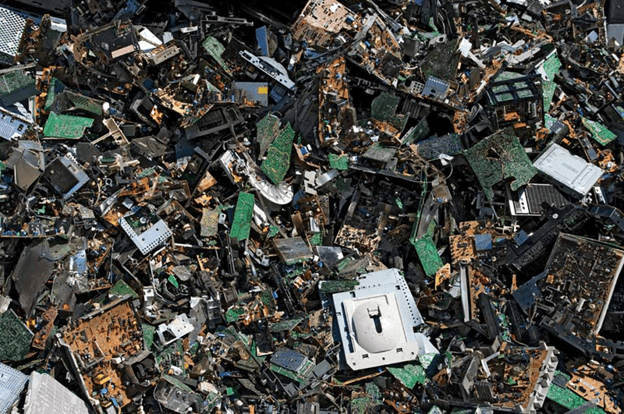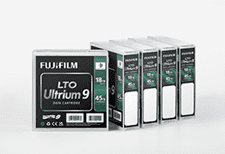 A new white paper written by Dr. Shawn Brume of IBM entitled Reducing Risk and CO2e in the Disposition of IBM Physical Tape Media does a great job in answering what to do with tape media at end-of-life (EOL).
A new white paper written by Dr. Shawn Brume of IBM entitled Reducing Risk and CO2e in the Disposition of IBM Physical Tape Media does a great job in answering what to do with tape media at end-of-life (EOL).
The report is timely as the industry is gaining interest and awareness of energy consumption in data storage driven by ESG directives. For example, a recent white paper by Brad Johns Consulting, Improving Information Technology Sustainability with Modern Tape Storage demonstrates the sustainability and cost-benefit of tape:

Shawn’s white paper explores the issues and best practices when it comes to the final disposal of tape media in the EOL phase. So let’s review the highlights of Shawn’s report.
Safely Destroying the Data
When it comes to any kind of media destruction or disposal, whether it be HDD, tape, SSDs, optical, etc. it’s critical to ensure that the data has been properly eradicated. Think about personal information like credit card numbers or social security numbers, they can’t be recoverable by bad actors from data media that has been tossed in a dumpster. Once data is classified for destruction, three options for destruction of the data are:
Each of the above comes with its own environmental impact and energy consumption requirements. In the case of cryptographic erase, near unreportable energy consumption and carbon impact is involved by simply hitting the delete button on the encryption keys. The two other methods will consume energy and have a carbon impact.
About Tape Cartridge Components
Tape media is designed for long term durability so the materials used exceed consumer standards. However, all plastics used in the tape cartridge are classified as Group 7 recyclable and require similar recycling processes as consumer products. Tape media is also considered waste facility safe producing no discharge in the landfill process. Digital tape itself has no toxic implications with 99% of the material by weight being recyclable. Only the tiny cartridge memory chip results in e-waste.
Options for Disposition of Physical Media
Once the data is safely eradicated, what to with the remaining physical tape media? Keeping in mind that 99% of the materials in LTO and 3592 tapes are recyclable, Shawn offers up the following options:
Shawn concludes his report by pointing out that ESG initiatives are now indeed part of the IT process and sustainable methods of equipment disposal must be planned for. Click here to read the full report.
For more on Shawn’s work on sustainability issues, check out this short video.
“It’s not a question of if, but when organizations will need to seriously address carbon emissions related to storage devices” – Dr. Shawn Brume
